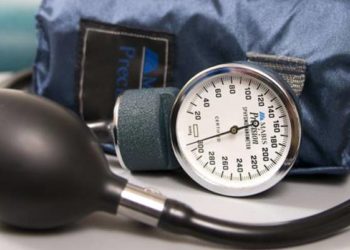Continued versus discontinued oxytocin stimulation in the active phase of labour
1. Among pregnant women, discontinuing the administration of oxytocin during the active phase of labor is associated with a small, absolute increase in the risk of cesarean delivery but significantly reduces the risk of uterine hyperstimulation and abnormal fetal heart rate.
Evidence Level Rating: 1 (Excellent)
About a quarter of all term pregnancies are induced, often with oxytocin stimulation. The use of oxytocin, however, carries with it a risk of hyperstimulation, which may lead to emergent cesarean for fetal indications secondary to uterine hyperstimulation. Recent evidence suggests that once a woman is in active labor, the labor will continue even if oxytocin is stopped; little of this evidence, though, is supported by randomized trials. As such, the aim of this double-blind, randomized controlled trial was to test whether discontinuation of oxytocin stimulation once the active phase of labor is reached reduces the overall cesarean rate. 607 women were randomized to the discontinued cohort (mean [SD] age = 31.0 [4.9] years) and 591 to the continued cohort (mean [SD] age = 31.3 [4.9] years). There was no significant difference in the rate of cesarean delivery between the discontinued (16.6%) and continued cohorts (14.2%) (RR 1.17 95% CI 0.90 to 1.53). The prespecified noninferiority testing was inconclusive (p = 0.70). Among parous women without prior cesarean, however, the risk of cesarean was substantially higher in the discontinued cohort (7.5%) compared with the continued cohort (0.6%) (RR 11.6, 95% CI 1.15 to 88.7). When reviewing secondary outcomes, it was found that the discontinuation of oxytocin was associated with a longer duration of labor, a reduced risk of uterine hyperstimulation, and a reduced risk of fetal heart rate abnormalities. There were similar rates of other adverse maternal and neonatal outcomes between the two groups. In all, this study suggests that the discontinuation of oxytocin stimulation during the active phase of labor is associated with a small, absolute increase in the risk of cesarean delivery but significantly reduces the risk of uterine hyperstimulation and abnormal fetal heart rate.
Click to read the study in BMJ
Image: PD
©2020 2 Minute Medicine, Inc. All rights reserved. No works may be reproduced without expressed written consent from 2 Minute Medicine, Inc. Inquire about licensing here. No article should be construed as medical advice and is not intended as such by the authors or by 2 Minute Medicine, Inc.







